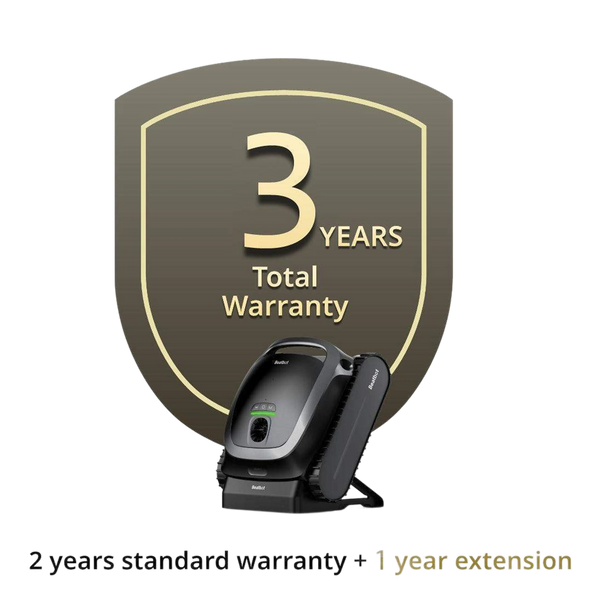Pool Chemical Calculator: Getting the Right Dose for Your Pool
Total Dissolved Solids (TDS) is all the dissolved matter in your pool, including calcium, sodium, chlorine, sulfate, phosphorus, nitrates, and even residue. TDS will build up over time, affecting water quality.
High levels of TDS affect the clarity, drainage, and chemical balance of your water. They can affect chlorine availability, increase algae growth, and make your water cloudy. Controlling TDS is key to keeping your water clean and foaming.

How TDS Builds Up in Your Pool
TDS naturally builds up in your pool over time, depending on factors such as usage, weather, and debris from swimmers. It is made up of calcium, salt, chemicals, and organic matter.
TDS rises faster in commercial pools, especially those that use liquid chlorine. The salt content of seawater typically exceeds 3,500 ppm. TDS builds up slowly in an indoor pool, while an outdoor pool benefits from spraying or frequent water exchange, which helps dilute the TDS and maintain balance.
TDS Level in a Pool
The TDS level in a swimming pool plays an important role in maintaining chemical transparency and efficiency. Here is a quick breakdown of the targets:
0-500ppm: This is the best location for most family pools. It ensures that the chlorine is working optimally, keeping the water clear and bacteria-free in the pool.
500-1,500 ppm: Although still manageable, TDS in this range may begin to affect the performance of the chlorine. You may realize that your water bubble should be a little smaller and that seaweed may be easier to catch.
1500-5000ppm: The total TDS range is considered very high, making the quality darker and less attractive. Your chlorine may not be very effective as you may encounter cloudy water or persistent contaminants.
Above 5000ppm: At this level, your pool becomes salty or oily, the water looks cloudy and the chemicals in your water are completely out of balance.

If you have a seawater pool, you may often encounter TDS levels above 3500ppm, but be careful with these levels because adding dissolved calcium and other minerals will make the TDS over 5000ppm!
The Impact of High TDS on Water Quality in Pools
High TDS levels can cause serious damage to the quality of your pool:
Reduced Chlorine Effectiveness: High amounts of TDS can block or mix with chlorine, reducing its disinfecting ability, even after an electric shock can make your pool dirty.
Algae Growth and Turbid Water: Increased dissolved solids, especially phosphorus and nitrates, promote algae growth, resulting in turbidity, cloudiness or greasy.
Equipment Corrosion: Dissolved solids caused by increased conductivity will accelerate corrosion, damage pool equipment (such as lights, ladders, water pipes), resulting in higher maintenance costs. Maintaining an appropriate level of dissolved solids ensures a cleaner and healthier pool.

How to Reduce High TDS in a Pool High TDS levels can be properly managed. Here are some effective steps to reduce them: Dilute: Partially drain and fill the pool with fresh water, but avoid over-draining to protect the pool structure. Before adding water, try to dissolve all solids from the new water. Filter Maintenance: Clean and flush filtration systems regularly to ensure effective TDS capture. Internal Chemistry Balance: Maintain a balance between pH, alkalinity, calcium hardness and uric acid cyanide levels to reduce TDS-related problems. Phosphorus and Nitrate Removal: Use phosphorus bleach and check the nitrate content to prevent algae growth and improve chlorine use. Follow these steps, and clean water! When Using the Pool: Signs of Low Solid Capacity Solving the problem of high dissolved solids (TDS) may be a bit difficult, but here are some danger signs that need attention, No matter how you adjust the chemicals, dirty or dirty water cannot be washed. Algae can multiply even if there is maintenance performed and chlorine content is never constant. Salt water or oil can stain, and scar equipment or the pool surfaces.
It is important to remember that the water is always polluted when dealing with the pool, so it is hard to keep Chlorine at its stable state. To achieve this objective, a digital TDS instrument is used for its accurate measurement.
If your TDS levels are up to 2500ppm or higher, but you still see these problems, then maybe it's time to clean up and fill the pool. Fresh water can restore balance and keep everything steady. Please note that the health of your pool depends on it! How to Try TDS in a Swimming Pool

Checking the TDS in your swimming pool is very important to maintain crystal clear water. There are several ways to track your TDS level:
Digital Instruments: In terms of accuracy, these are your best bet. A digital conductivity meter can detect minimal fluctuations in TDS, and provides you with precise instructions every time.
Strip Testing: If you want a quick test, using a TDS (such as aquachek) tape measure is a convenient option. Although they are ideal for periodic inspections, they may not be as accurate as digital devices. They should be checked regularly to prevent any problems with TDS.
If your count is high, it's time to take action to drain and refill your pool to restore water quality and maintain smooth operation!















